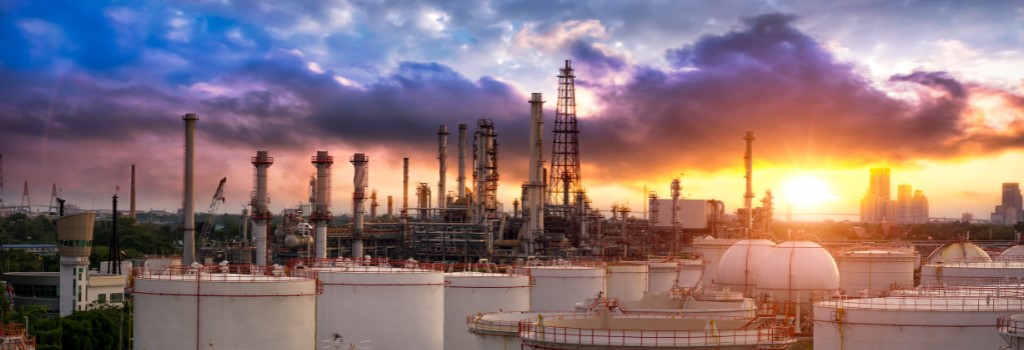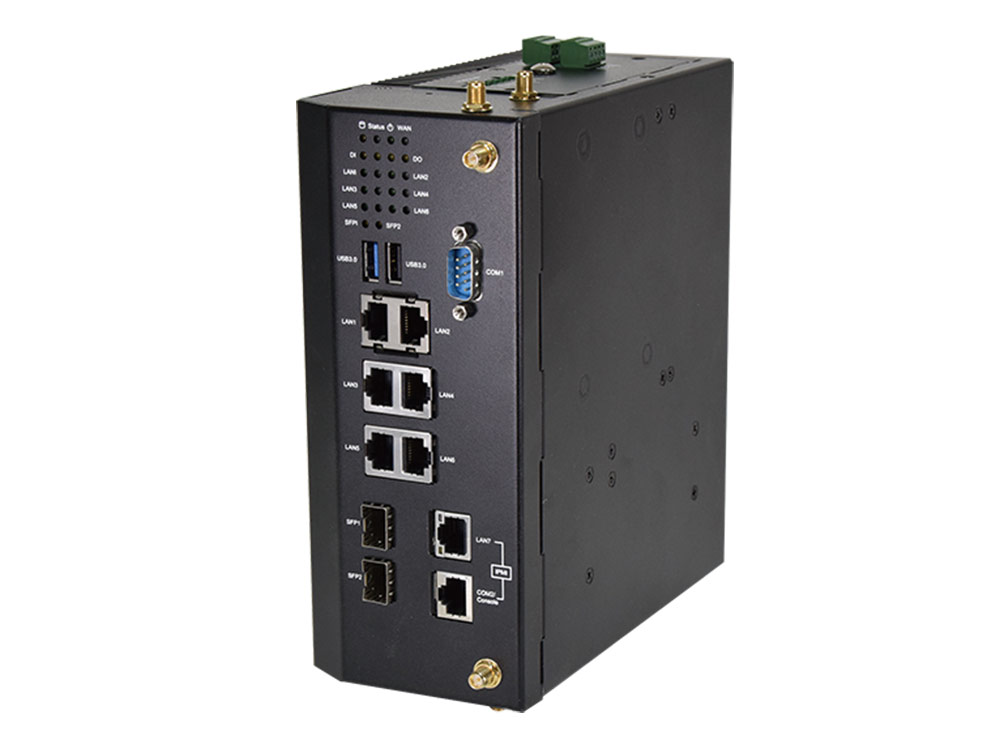Edge computing works in correlation with various edge connectivity solutions to bring data processing closer to its source, optimizing network traffic, lower latency, response time, bandwidth, security, and more are all improved. In numerous industries, such as mining, oil and gas, and new energy implementing equipment and process field data collection at the edge to improve efficiencies and take corrective actions before failures occur, is an ideal way to gain transparency on all elements of the business and operations and result in major gains and competitive advantage. Especially for oil and gas applications, the hardware devices and technology in those hazardous environments must have design and constructional elements that keep the chance for combustion or explosion acceptable low, or C1D2 certification.
What is C1D2 Certification?
C1D2 is a safety rating system that determines the level of dangerous or explosive vapors, gas, dust, or fibers present, as well as the type of technology that is permissible and safe to use when they are present. This system is divided into three classes and two divisions based on the types of hazards present and how frequently they occur. This classification is commonly used in the context of industrial settings, particularly in industries like oil and gas, chemicals, manufacturing, and more.
C1D2 Certification Benefits
The primary benefit of C1D2 certification is safety. Equipment that is certified for use in hazardous environments reduces the risk of explosions, fires, and other dangerous incidents. C1D2 certification ensures that equipment and systems meet industry and regulatory safety standards. Compliance with these standards is often a requirement in various industries to prevent accidents and ensure worker safety.
Certified equipment is designed and tested to withstand the challenging conditions present in hazardous environments, making it more reliable and less prone to failure. By using certified equipment, the risk of causing an ignition source in a hazardous environment is minimized, which in turn reduces the overall risk of accidents and potential loss.
Lastly, employers and companies have a legal obligation to provide a safe working environment for their employees. Using certified equipment helps fulfill these obligations and reduces potential liability.
C1D2 Certified Equipment Usage Scenarios
C1D2-certified equipment is crucial in oil refineries, drilling platforms, and petrochemical facilities where flammable gases and vapors are often present. Chemical production plants deal with volatile substances, making C1D2-certified equipment necessary to prevent potentially catastrophic accidents.
Pharmaceuticals may involve the use of flammable solvents and gases, requiring certified equipment to mitigate hazards. If hazardous materials are stored in warehouses, using certified equipment helps prevent accidents during handling and storage.
Mining operations often involve gases and vapors that can pose explosion risks, making C1D2-certified equipment important for worker safety. Even in renewable energy sectors like solar and wind, there may be instances where C1D2-certified equipment is needed, such as in battery storage systems.
Conclusion
C1D2 certification is a specific designation related to hazardous locations, and its benefits and usage scenarios are centered around creating safer working environments.







